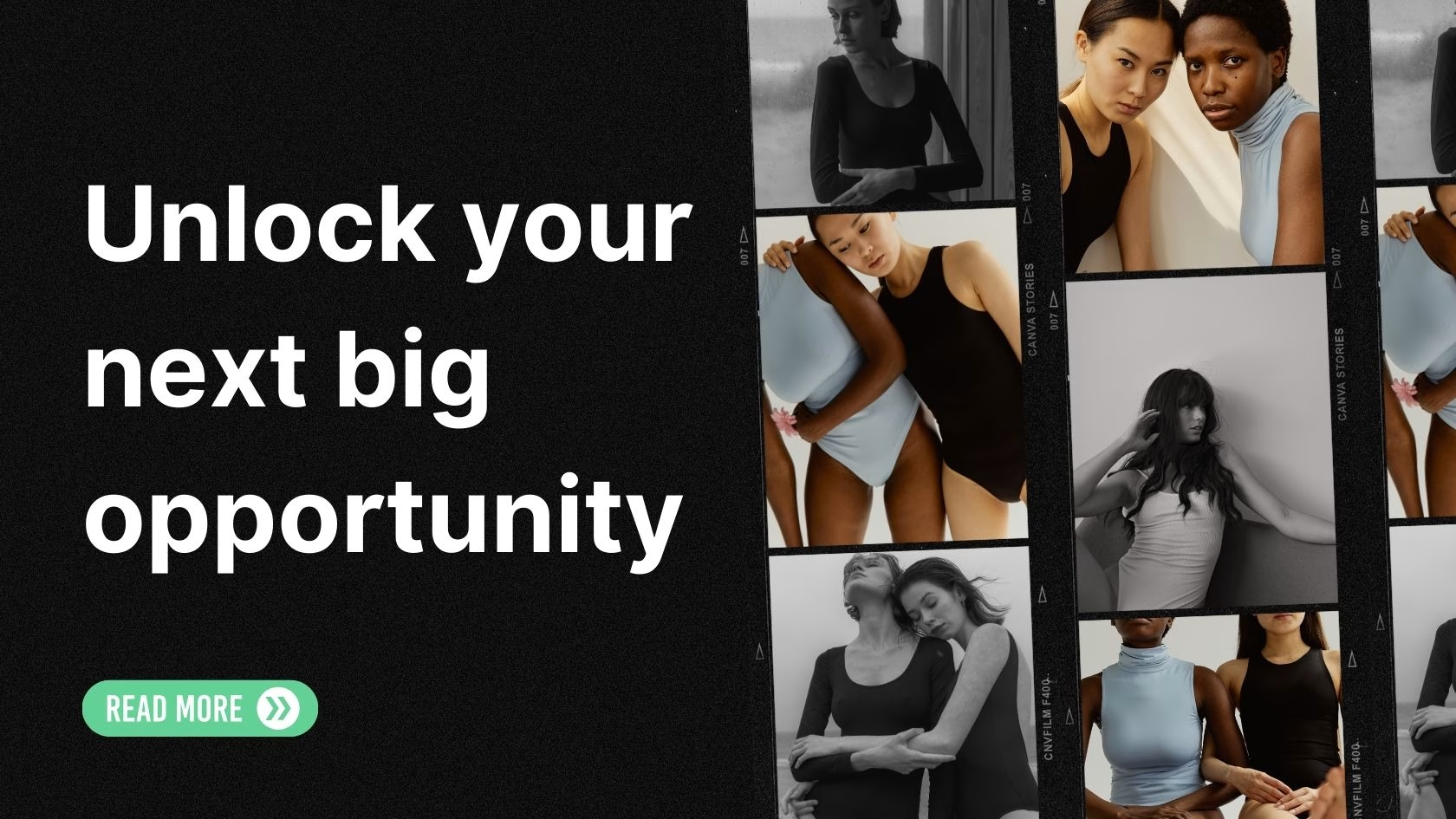Film School 101: Ten camera techniques can impact your production.
As a filmmaker, you must be familiar with the various camera techniques and how they can affect your final product. From choosing the right lenses to moving your camera effectively, many aspects of filmmaking require finesse and care when executed. Here we will discuss ten essential camera techniques every filmmaker should master to make their film look as professional as possible.
Join Project Casting to access jobs you can apply to right now.
1. Choosing the Right Lenses: The right lens for your shot is critical. Different lenses have different purposes and work better with certain types of images. Zoom lenses are great for tracking shots, while prime lenses can help you achieve a more cinematic look.
2. Learning Camera Movements: Filmmakers can use many different types of camera movements to bring life to their shots. Mastering techniques like dolly zooms, crane shots, handheld Steadicam, and jib arms will allow you to create dynamic visuals for your project.
3. Framing: Knowing how to frame a shot is an essential skill for any filmmaker – making sure all elements in the picture are balanced and complement each other aesthetically makes a massive difference in the quality of the image captured by your film’s cameras.
4. Lighting: Taking control over lighting is vital if you want your footage to be beautiful and cinematic-looking– especially if you’re shooting indoors or in low light conditions. Learn how to use lighting equipment and “bounce” light off surfaces such as paper or walls to produce excellent results!
5. Focus Pulling: It’s crucial that when filming scenes with multiple actors, they remain focused throughout the whole set– not only does this provide a much better-looking image, but it also ensures that none of the dialogue gets lost in blurry background action!
6. Camera Settings Adjustment: Learning how to adjust shutter speed, aperture, ISO settings, etc., on your DSLR or cinema camera can profoundly affect your footage– unlocking better colors & contrast from light sources as well as creating unique depth of field effects!
7. Camera Stabilization: The movement of unsteady hands & shaky tripods often ends up being very distracting for viewers when watching films & videos– so investing time into mastering stabilization techniques means smoother-looking footage & less eye strain or nausea from overly shaky production values!
8. Capturing Audio: Audio quality is just as important as video quality– understanding basic audio principles such as gain staging & noise floor management will ensure clear dialogue recordings & minimize annoying buzzes/hisses which plague amateur productions! Learning how to capture sound via boom microphone setups or wireless transmitters adds production value & allows filmmakers more flexibility during post-production editing stages!
9. Working Safely With Cameras: Cameras can be expensive pieces of kit, but they can also be hazardous pieces of equipment if proper safety protocols aren’t followed – don’t put yourself at risk by ignoring essential rules such as using shock mounts when attaching cameras onto vehicles/boats/etc., using eye protection when shooting at high speeds (like bullet time)
10. Final Color Grading & Reviewing Footage Before Publishing Content Online: Once all filming is complete, it’s essential for filmmakers to review their assembled footage before sending it out into the world – color grading scenes help give projects a cohesive look (matching shadows/highlights across multiple takes) while trimming away any misrecorded takes reduces project length & keeps audiences focused on what matters within each piece published online.
With these ten essential skills covered, any budding filmmaker should be well on their way to creating stunning visuals with their cameras! Good luck & happy shooting!
More Project Casting Resource Articles:
How to Start a Successful Podcast
Learn how to start a successful podcast. Starting a podcast can be an intimidating task, but with the proper knowledge, resources, and plan in place, you can la…
How to Get Paid to Do Auditions
SAG-AFTRA launches Innovative self-taping auditions guidelines for low-budget projects. Also, SAG-AFTRA launched a program to allow talent to showcase their ski…
The Pros and Cons of a Career in Modeling
Learn about the pros and cons of a career in modeling. A career in modeling can be an exciting and fulfilling experience, but it has its own pros and cons. Befo…


